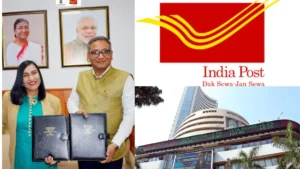
Pioneering US actress Cicely Tyson has passed away. Cicely Tyson, the pioneering Black actor who gained an Oscar nomination for her role as the sharecropper’s wife in ‘Sounder’ & won a Tony Award in 2013 at age 88. She touched TV viewers’ hearts in ” The Autobiography of Miss Jane Pittman” & won 2 Emmys for playing the 110-year-old former slave.
WARRIOR 5.0 Batch for SBI, RRB, RBI and IBPS Exams Banking Awareness Online Coaching | Bilingual




 PNB Housing Finance Appoints Ajai Kumar ...
PNB Housing Finance Appoints Ajai Kumar ...
 Department of Posts and BSE Sign MoU to ...
Department of Posts and BSE Sign MoU to ...
 Retail Inflation Rises Slightly to 0.71%...
Retail Inflation Rises Slightly to 0.71%...







